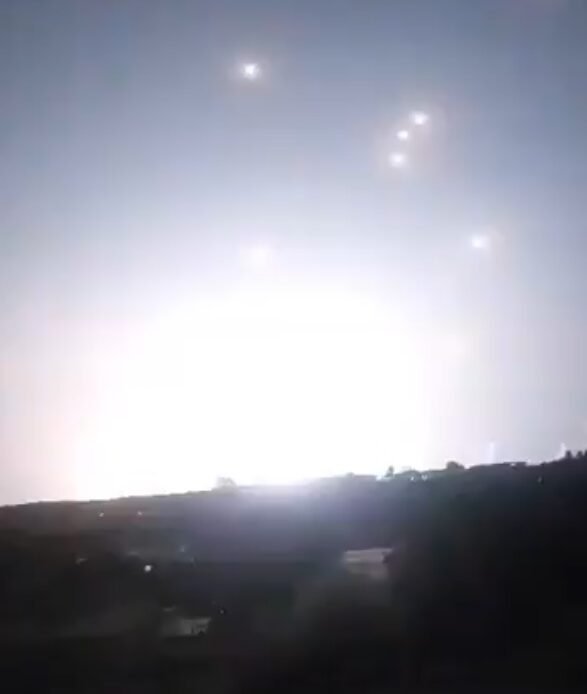Nearly a year after the Israeli war on Gaza, Israel has failed to achieve any of its objectives. The war has dragged on, and Israel has been increasingly entangled in Gaza, incurring significant losses in both personnel and equipment.
According to statistics from the Israeli military, as of August, the rehabilitation department in the Ministry of Defense has been receiving over a thousand new wounded soldiers each month. Over 3,700 soldiers have suffered limb injuries since the start of the war. Additionally, 690 Israeli soldiers and officers have been killed, 330 of them in ground battles within Gaza.
The Izz al-Din al-Qassam Brigades, the military wing of Hamas, reported in February that they had destroyed over 1,108 Israeli vehicles since the war began.
As pressure mounted on Prime Minister Benjamin Netanyahu, both militarily and politically, calls for a ceasefire and prisoner exchange reached their peak. Protests against Netanyahu and his government intensified as they demanded action.
The Unity of Fronts
For the first time, the Gaza war introduced the concept of “unity of fronts” among resistance forces in the region. Israel and the West had not encountered such a coordinated front before, and they sought to dismantle it due to its significant implications. The unification of multiple battlefronts posed a grave threat to Israel, which found itself forced to distribute its forces between the south and the north, leading to the evacuation of Upper Galilee settlements and heavy bombardments on the port of Eilat.
Israel and the United States aimed to dismantle this multi-front strategy, evidenced by U.S. diplomatic efforts in Lebanon through Amos Hochstein, the U.S. envoy.
Netanyahu’s Northern Shift
Facing increasing pressure from Hamas, Netanyahu shifted focus northwards to Hezbollah in Lebanon, hoping to divert attention from Gaza. Netanyahu saw this as an opportunity to secure a quick victory, believing that Hezbollah and Iran were not seeking a full-scale war.
Israel launched a campaign in Lebanon, aiming to restore confidence and secure a symbolic victory that could restore its image. However, Israel’s premature actions were exposed when they carried out bombings that shocked Hezbollah but provided Israel with only short-term satisfaction.
Within days of the bombings, Hezbollah’s Secretary-General Hassan Nasrallah was assassinated, causing shock within the group. Netanyahu proudly claimed that “there is no place in the Middle East we cannot reach to protect our people and our country.”
Israel expected that Hezbollah would either overreact and exhaust its resources or retreat and seek a ceasefire. However, Hezbollah adapted to the situation, as indicated by Deputy Secretary-General Naim Qassem’s speech, affirming that the group’s leadership remained intact and its operations continued unabated.
Hezbollah demonstrated its resilience by continuing attacks, hitting Ma’ale Adumim and Haifa, escalating the conflict further. Following Israel’s claim of a ground operation in Lebanon, Hezbollah responded by firing a barrage of rockets at Tel Aviv, overwhelming Israel’s Iron Dome defense system.
Iran’s Unexpected Strike
As Netanyahu basked in what appeared to be a series of victories, Iran launched a surprise attack, firing 200 missiles, forcing Israelis into bomb shelters. Many Israelis remarked on social media that October has become a month of disasters for Israel, recalling the events of October 7, 2023.
Observers believe that Israel’s response to the Iranian missile strike will likely lead to retaliatory waves of attacks from Iraq, Lebanon, Yemen, and Iran. Strategic analyst Saeed Ziad commented, “How will Israel cope if faced with a coordinated assault from Iran and Hezbollah?”
With the situation rapidly escalating, many analysts believe the war will be prolonged, with its defining characteristics being patience, resilience, and the strategy of attrition.



